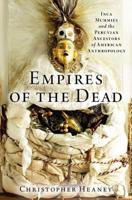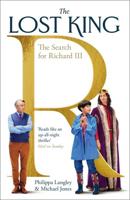Publisher's Synopsis
In 1949, a group of villagers and ad hoc archaeologists dug up what they believed to be the remains of the last Aztec emperor in a remote village in central Mexico. State and local leaders enthusiastically promoted the discovery and celebrations erupted throughout the country. The festivities ended when professional archaeologists denied that the body was that of Cuauhte?moc. Paul Gillingham uses the the forgery of Cuauhte?moc's tomb and the responses it evoked as a means of examining the set of ideas, beliefs, and dreams that bind societies to the nation-state.









